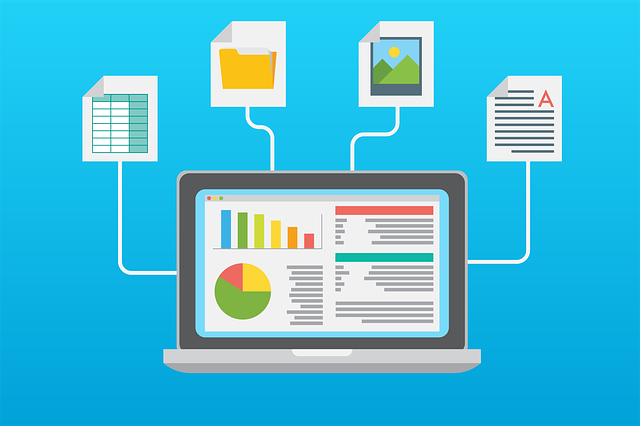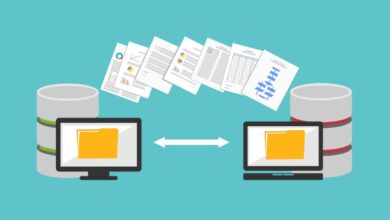
What Is a Data Analysis?
In today’s world, data is seen as the lifeblood for performance improvement and growth. Businesses leverage data to glean valuable insights to inform the strategy that drives better decision-making. The entire process of data analysis, from collating meaningful insights to processing raw data, is carried out by a data scientist or data analyst.
Artificial intelligence (AI) and machine learning concepts are driving the growing trend of data analysis. By the way, there’s a distinct line between data analysis and data analytics, despite their many similarities. Continue reading to gain insight into data analysis.
What is data analysis?
The career potential in big data and data science is endless. Upon reading the above statement, most people tend to ask questions that bear no relevance to data analysis. However, the right question should be—what is a data analysis?
Data analysis refers to a process of inspecting a set of data, data cleaning, and modeling data to discover actionable insights that inform decision-making. According to John Tukey, a foremost statistician, data analysis involves a set of procedures for analyzing data and interpreting the results from those procedures.
Business owners use data analysis to detect errors, manage customer data, manage risk, detect fraud, personalize products or services, perform market research, and analyze operations.
How does data analysis work?
Data analysis is closely related to data visualization and data dissemination. Analysts use data analysis tools to obtain raw data and convert it into actionable insight for decision making. The main objective of data analysis is to collect and process data to provide answers to questions, confirm or disprove different hypotheses. The analyst describes the data as the input to the analysis. The data source comes from a variety of sources. In most cases, the data scientist or analyst specifies a set of criteria the data must meet. Once obtained, the data is processed using a statistical method.
Afterward, the analyst cleans the data to prevent or correct errors such as incomplete or duplicate data. These errors can be identified using diagnostic analytics. For example, with financial data, the totals for a single variable are compared against reliable sets of separately published numbers. The idea behind data cleaning is to ensure data integrity. Of all the data cleaning methods, the quantitative data method is widely used to eliminate a dataset susceptible to be input incorrectly. There are also textual data spell checkers used to reduce the amount of mistyped words.
After cleaning the datasets, the analyst goes on to conduct the analysis using exploratory data analysis techniques. Most times, analysts use either descriptive analytics or data visualization to understand the data. A mathematical model or an algorithm can be applied to the dataset to ascertain any relationships among the variables.
Furthermore, a computer application known as a data product generates outputs from the data inputs and feeds those outputs into the environment. Upon completion of the analysis, the data is reported back to the users of the data analysis. If the users have feedback, the analyst has to conduct additional analysis.
Different types of analysis methods?
Data analysis encompasses different techniques that cut across diverse facets and sectors. Take, for example, players in the business world who use data analysis to make better business decisions. Thanks to technology, data analysis tools are a faster and more efficient method of data analysis. Below are seven types of data analysis methods in use in today’s business world.
- Cluster Analysis: Cluster analysis refers to grouping a set of similar data elements together. This method is used to discover hidden patterns and provide additional information to a specific trend or dataset.
- Cohort Analysis: This method refers to using historical data to analyze and compare a determined dataset, which is then classified with similar datasets. With the cohort analysis method, you can perform analysis in marketing.
- Regression Analysis: Analysts use the regression analysis method to understand the impact of independent variables on a dependent variable. By understanding the relationship that exists between them, analysts can predict future outcomes and make informed decisions.
- Neural Networks: The neural network method seeks to understand how the human brain processes insights and makes predictions. This type of analysis method forms the basis of machine learning. Neural networks are primarily applied in predictive data analysis.
- Factor analysis: This method is used to discover independent latent variables among observed correlated variables using unobserved variables called factors.
- Data mining: Data mining is a data analysis method based on knowledge discovery and statistical modeling for predictive analysis. It’s the umbrella term for engineering insights and metrics.
- Text analysis: Text analysis focuses on statistical, structural, and linguistic techniques to collate and classify data from various sources. This method involves taking large sets of textual data and classifying them to make them easier to manage.





